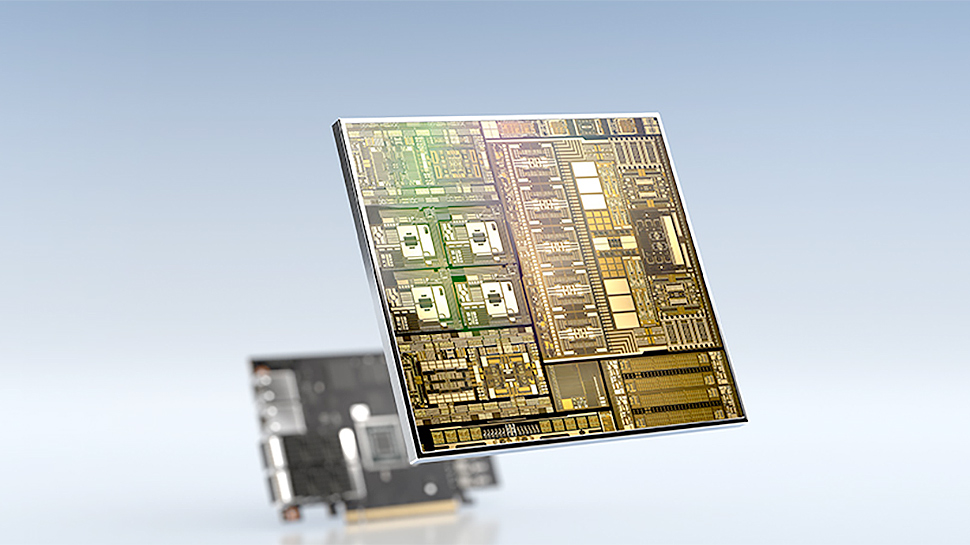Nvidia’s BlueField-2 DPUs to accelerate datacenters’ network and storage
Nvidia breaks and enters network and storage market with BlueField-2 DPUs

Software-defined datacenters provide a lot of flexibility and enable operators to quickly configure and scale their hardware infrastructure without having to rebuild it from scratch. But software-defined infrastructure is not the most efficient when it comes to performance and power. As a result, multiple special-purpose accelerators for modern datacenter workloads emerged in the recent years.
Among these accelerators are Mellanox’s BlueField-2 data processing units (DPUs) that have evolved from being just SmartNICs to fully-fledged processors that can offload networking, storage, and security workloads while adding manageability.
In addition, for GPU-accelerated AI and ML workloads that need fast and efficient networking connectivity, Nvidia offers its BlueField-2X card with Ampere GPU that promises an orders of magnitude performance increase when compared to traditional AI setups.
- The best SSDs: the top solid-state drives for your PC
- The best hard drives: the top HDD for desktops and laptops
- Best NAS devices: top Network Attached Storage for the home and office
Nvidia strengthens datacenter efforts
The Nvidia Mellanox BlueField-2 DPU uses a custom-designed system-on-chip that integrates eight Arm Cortex-A72 cores and special-purpose VLIW acceleration engines to perform compute tasks that is combined with Mellanox’s ConnectX-6 DX 200Gbps Ethernet or Infiniband NIC for connectivity. The general-purpose Arm cores can run Linux operating system and offload a variety of workloads from host CPUs. The VLIW engines provide some additional acceleration.

Nvidia says that its Mellanox NVMe SNAP (Software-defined Network Accelerated Processing) technology can provide 2.5M+ IOPS read/write access for remote storage, which is line-rate performance at 100Gb/s with 4-KB block sizes. By contrast, an entry-level NVMe SSD can offer something like 300K IOPS with 4-KB blocks. In addition, BlueField-2 DPUs effortlessly add IPSec encryption and decryption capabilities at 100 Gb/s speed.
Meanwhile, the BlueField-2X card adds an Ampere GPU that offers 60 TOPS performance for AI. The key advantage of the BlueField-2X is that it uses hardware acceleration for remote direct memory access (RDMA/RoCE) communications that enables zero-copy data transfer between GPUs to maximize efficiency of compute clusters.
Nvidia’s plans include BlueField-3 DPU as well as BlueField-3X DPU card with a GPU for AI applications that are due in 2022. Furthermore, by 2023 the company intends to launch its BlueField-4X DPU that will finally combine DPU and GPU in the same chip.
Are you a pro? Subscribe to our newsletter
Sign up to the TechRadar Pro newsletter to get all the top news, opinion, features and guidance your business needs to succeed!
Anton Shilov is the News Editor at AnandTech, Inc. For more than four years, he has been writing for magazines and websites such as AnandTech, TechRadar, Tom's Guide, Kit Guru, EE Times, Tech & Learning, EE Times Asia, Design & Reuse.